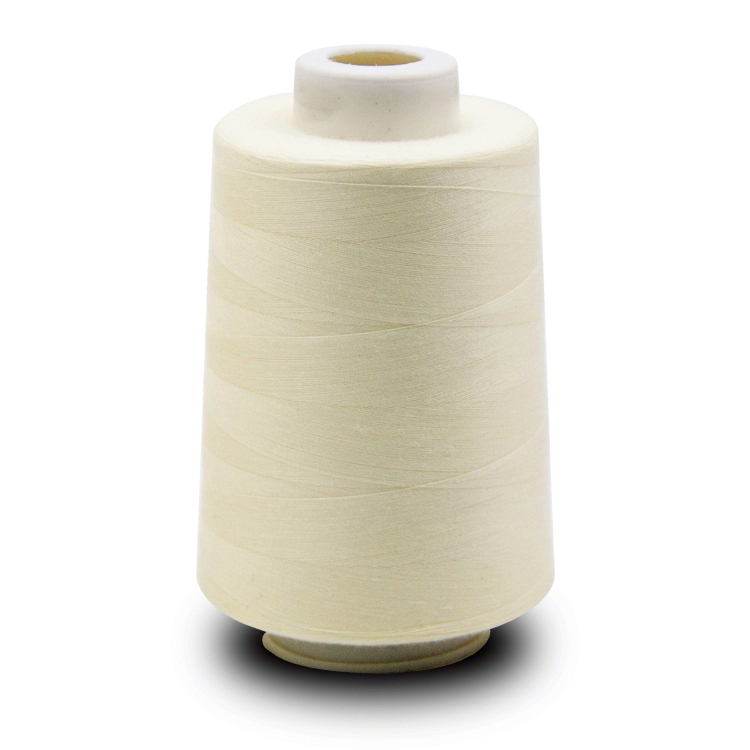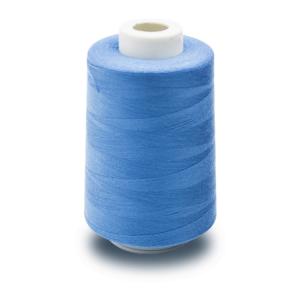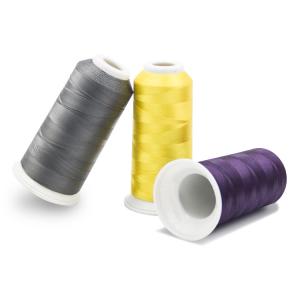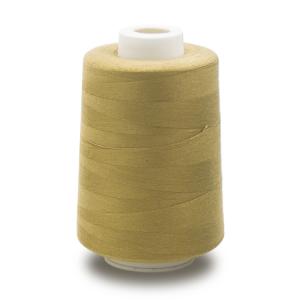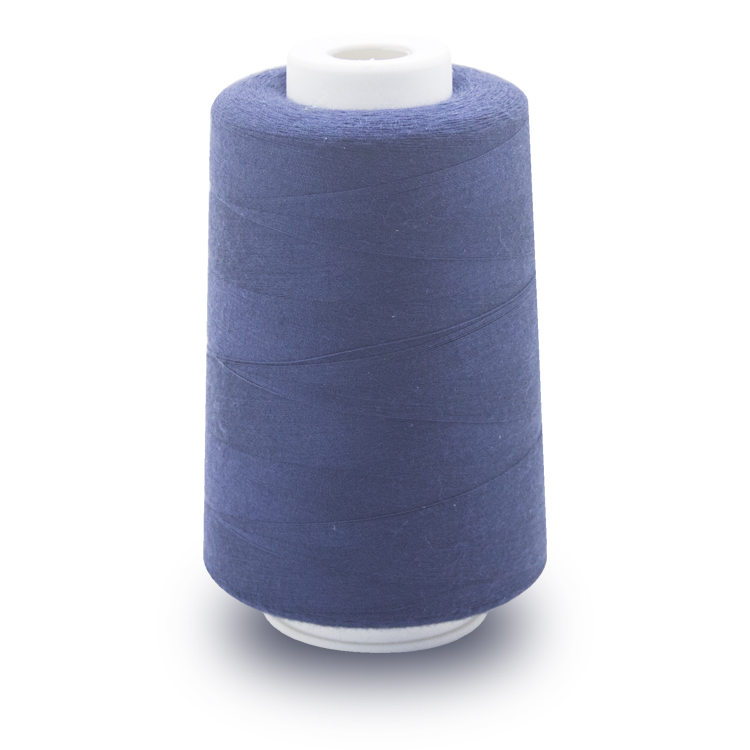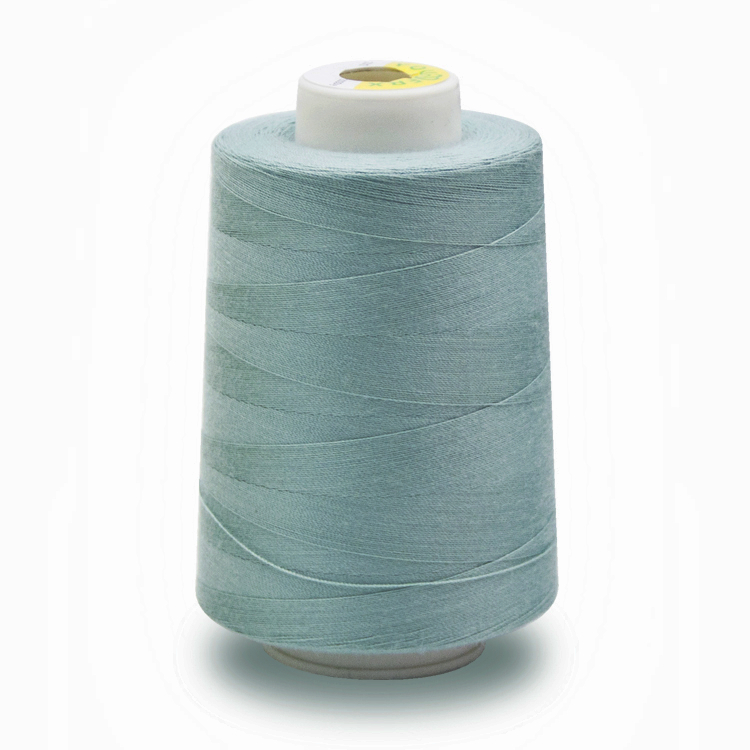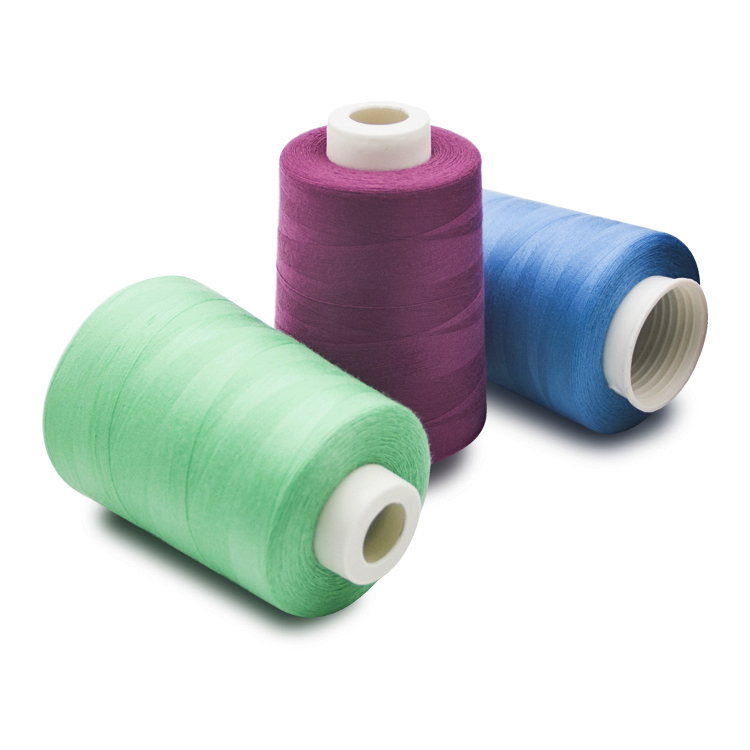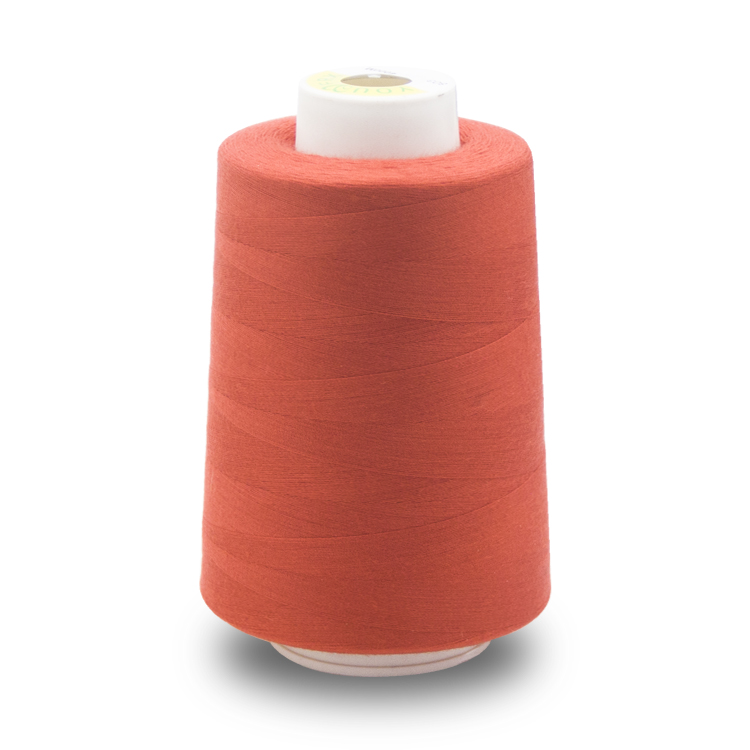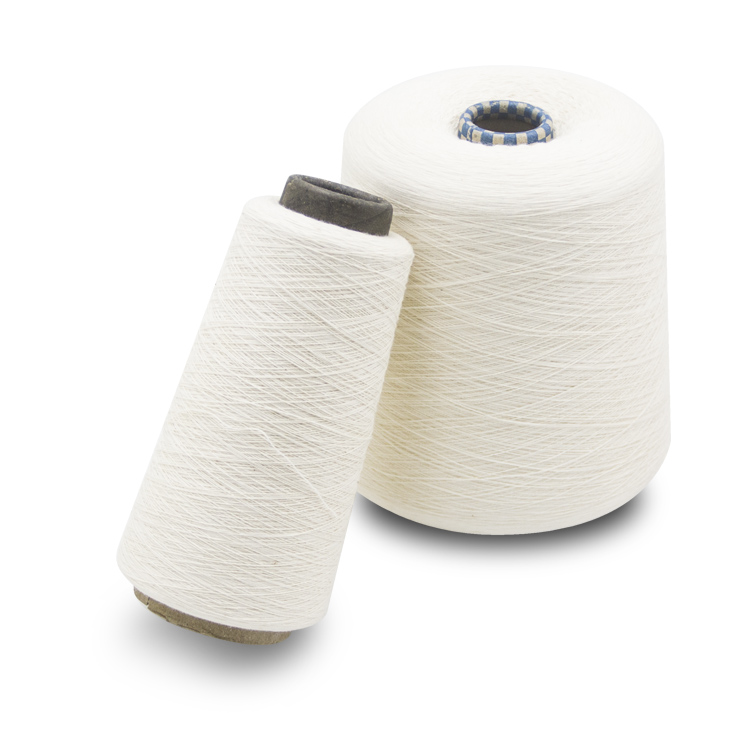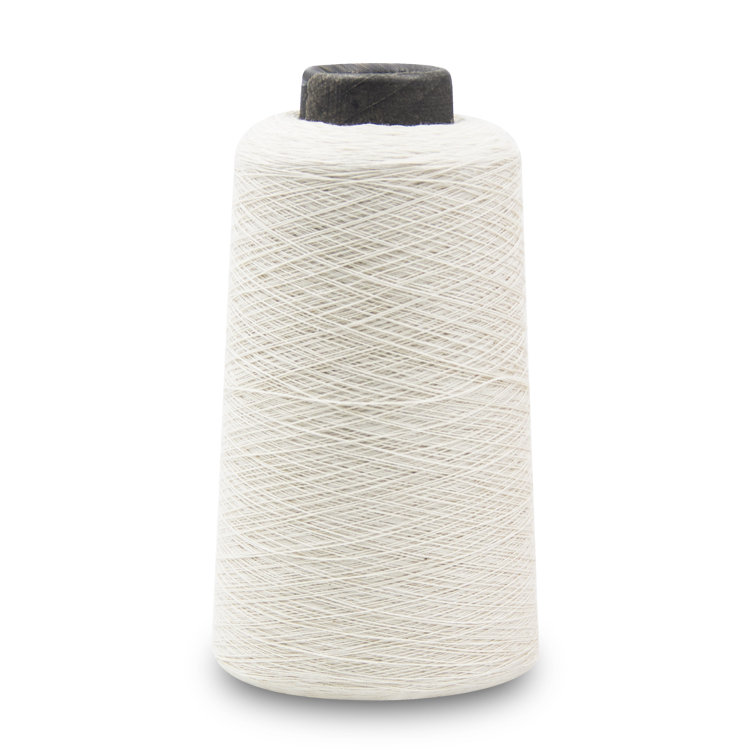Share to:
Related Products
China factory multi-color 100% cotton sewing thread
LQ-0910
Price: From $0.36
Delivery time: 9-20 days after payment
MOQ: 500 KG
Key points of production of low cotton rotor spun yarn with weak twist
Application of rotor spinning weak twist yarn
Rotor spinning weak twist yarn is mainly used to produce thick style flannelette and flannelette blanket. The filling yarn used in flannelette requires low twist, and the cotton is mainly composed of fiber with short and coarse maturity, so as to achieve the effect of thick pile, soft hand, strong warmth retention and certain moisture absorption. Because the raising effect of normal twist rotor yarn is poor, the appearance effect and hand feeling effect are poor, it has certain advantages when used as warp yarn, but it has certain disadvantages when used as weft yarn. Using weak twist rotor yarn as weft yarn can make up for the deficiency and obtain better fluffing effect.
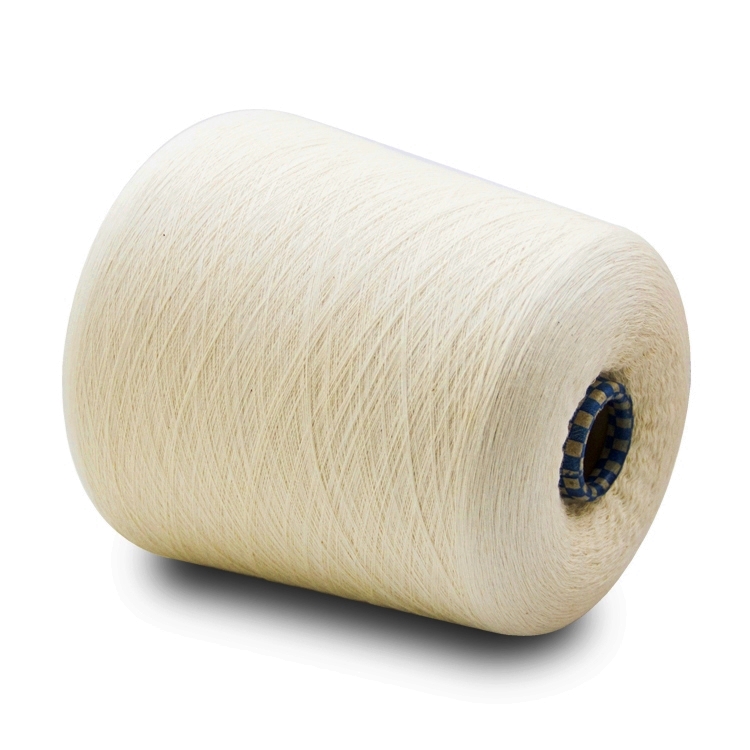
Cotton matching of rotor spinning weak twist yarn
It mainly uses low-grade cotton and recycled cotton. Because it contains many short fiber impurities, the raw material composition combination embodies the principle of "thick, medium and thin, short, medium and long". The impurity content of the mixed cotton is controlled at 5.9%, and the chopper cotton is used after being treated. The main raw material indexes and matching proportion are shown in Table 1.
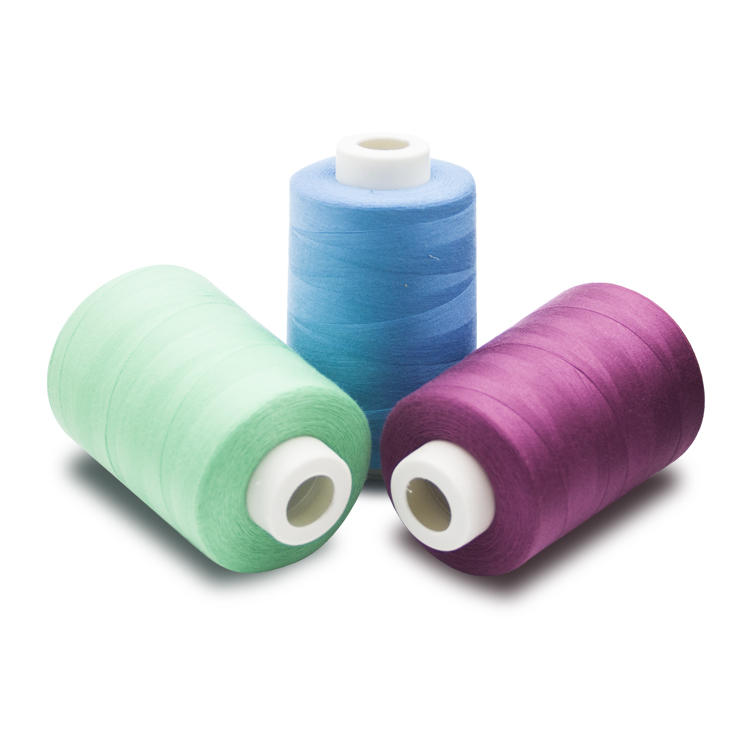
Process flow of rotor spinning weak twist yarn
Model a002d cotton grabber → model a006b cotton blender → model A034 six roller cotton opener → model fa022-8 multi bin cotton blender → model A036 porcupine cotton opener → model a092a double box cotton feeder → model a076f single beater coiler → model a186d carding machine → model a272f drawing frame F1603
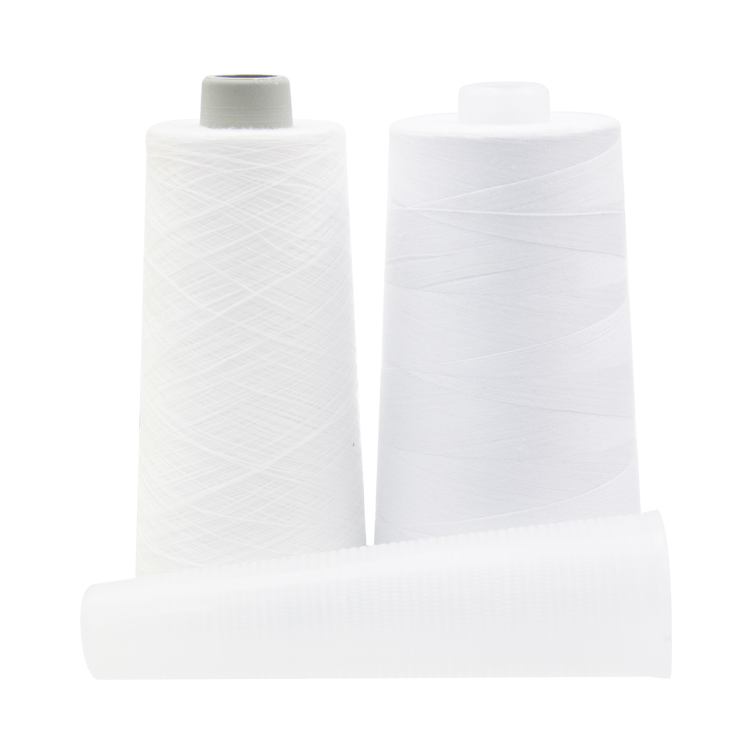
Key technical measures
Opening and cleaning: there are many neps and impurities in the raw materials of rotor spinning weak twist yarn, so the opening and cleaning process is mainly to control the growth of neps to the maximum extent. According to the characteristics of low grade raw cotton with large impurity and high fiber short fiber rate, the principle of "thin feeding and fast feeding, more falling and early falling, light beating and winding prevention, fast transfer" is adopted. Reduce the speed of each part of the beater, increase the distance between the dust rods, and reduce the neps and fiber damage caused by the strong blow. Main process parameters of opening and cleaning cotton: the speed of the beater of the cotton grabber is 780 R / min, the descending distance of the trolley is 4 m m, the running speed of the trolley is 2.3 R / min, the distance of the beater extending the ribs is 4 mm-6 mm; the speed of the horizontal conveying curtain of the automatic cotton mixer is 1.5 m / min, the speed of the beater is 320 R / min, the distance between the dust rods is 18 mm, the distance between the horizontal curtain and the cotton pressing curtain is 80 mm; the speed of the first to the sixth cylinder of the six roller opening cotton machine is respectively 1-6 mm It is 462 R / min, 510 R / min, 562 R / min, 592 R / min, 655 R / min, 720 R / min, the distance between the dust bar and the inlet is 11 mm, the distance between the dust bar and the outlet is 8 mm, the distance between the 4 roller and the 6 roller is 10 mm; the feeding roller speed of the multi bin cotton mixer is 0.2 R / min, the feeding roller speed is 460 R / min; the opening roller speed is 540 R / min, the feeding roller speed is 46 R / min, the distance between the dust bar and the driver is 12 mm, and the distance between the dust bar and the driver is 17 mm The distance between the dust bar and the dust bar is 15 mm from the inlet, 10 mm from the middle and 7 mm from the outlet; the average roller speed of the cotton feeder is 335 R / min, the interval between the corner nail curtain and the average roller is 25 mm, the speed of the stripping beater is 450 R / min, and the speed of the return roller is 500 R / min; the speed of the integrated beater of the a076f single beater is 920 R / min, the distance between the dust bar and the beater is 10 mm from the inlet and 18 mm from the outlet, and the speed of the cotton roller The pulling speed was 14 R / min, and the ration of cotton roll was 450 g / m. After the process adjustment, the weight unevenness of the cotton roll is 1.4% (0.5m), and the impurity content of the cotton roll is about 1.8%.
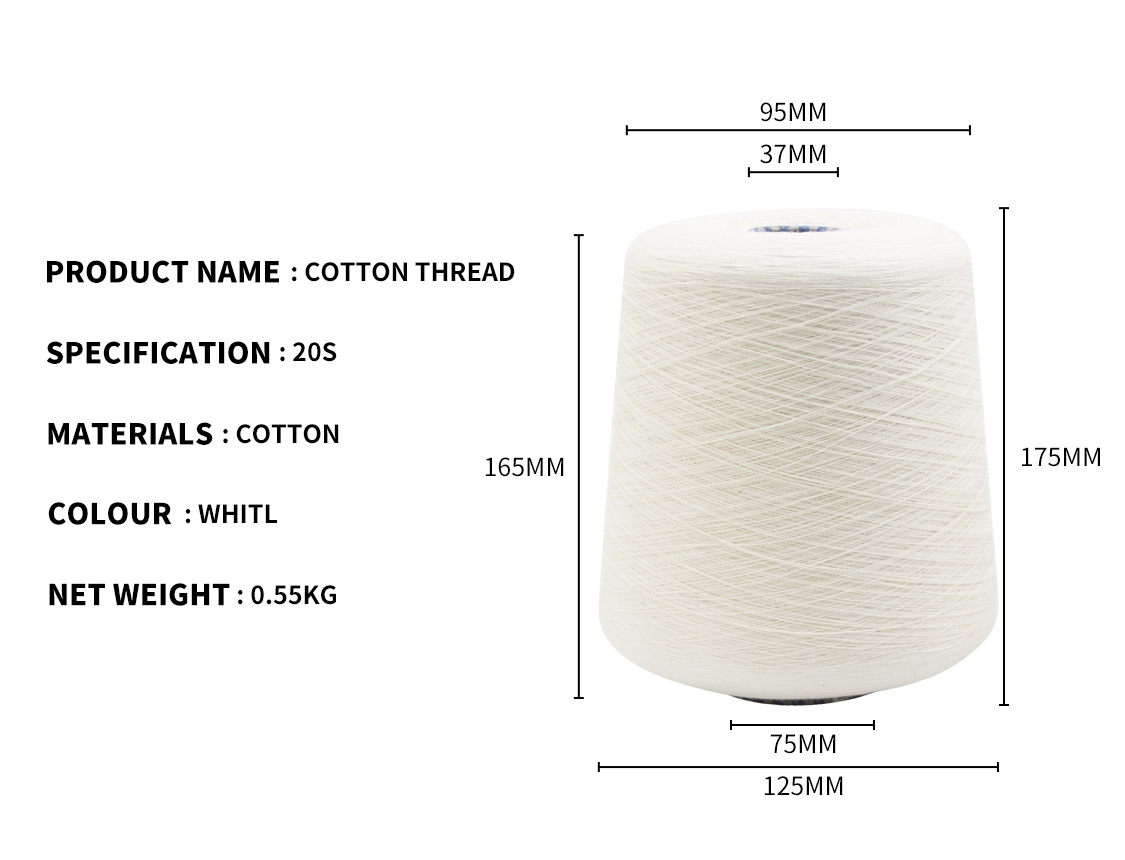
Carding: the neps in the low-grade raw cotton are mostly dusty. The carding process adopts the principle of "heavy weight, medium speed, tight separation, small tension, fast transfer", giving full play to the carding and impurity removal function of the carding machine, reducing the speed of the cylinder, improving the speed of the cover plate, and increasing the rear belly and the rate of the cover plate flowers. The suction wind speed of the dedusting system is controlled at 14 m / s, so as to improve the ability of removing micro dust. Control the pressure release of air flow between the cylinder and the pricking roller, prevent the neps caused by the disordered impact of air flow, and ensure the carding effect. Main process parameters: sliver weight 25.2 g / (5 m), cylinder speed 335 R / min, prick roller speed 780 R / min, cover plate speed 200 mm / min, doffer speed 21 R / min, cylinder cover plate spacing 0.15 mm, 0.13 mm, 0.13 mm, 0.13 mm, 0.15 mm, respectively.
Drawing: there are many short fibers in the raw material of low-grade cotton fiber. In order to reduce the phenomenon of fiber flying and adhesion in the drafting process, the process principle of "heavy pressure, small spacing, medium quantity, low speed" and the drawing process are adopted to strengthen the control of hook fiber. The merging number of the first and the second channels is 8, the strip speed is 153 m / min, and the roller pressure is 400 N × 600 n × 400 n

